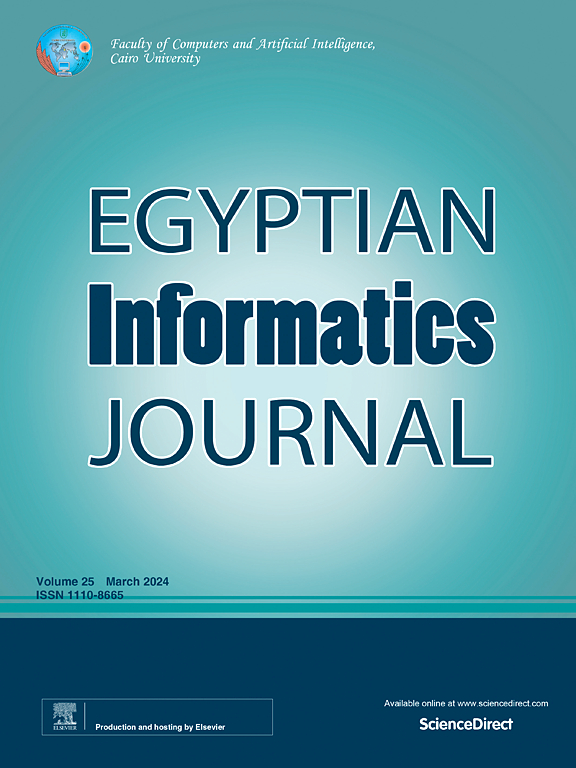Spam detection using hybrid model on fusion of spammer behavior and linguistics features
IF 5
3区 计算机科学
Q1 COMPUTER SCIENCE, ARTIFICIAL INTELLIGENCE
引用次数: 0
Abstract
E-commerce sites, forums, and blogs have become popular platforms for people to share their views. Reviews have emerged as a crucial source of information for potential customers, influencing their purchasing decisions. Similarly for gaining profit or fame, Spam reviews are deliberately written with the intention of defaming businesses or individuals. This act is known as review spamming. Spam review detection is rapidly answered by various ML techniques. Review of spamming is more challenging task in multilingual communities. Spammer behavior features and linguistic features often exhibit complex relationships that influence the nature of spam reviews. The unified representation of features is another challenging task in spam detection. Various deep learning approaches have been proposed for review spamming, including different neural networks (Convolutional Neural Network, CNN). These methods are specialized in extracting the features but lack to capture feature dependencies effectively with other features. Spam Review Detection using the Fusion Gradient Boosting (GB) Model and Support Vector Machine (SVM) (Hybrid-BoostSVM) is proposed with fusion of spammer behavior features and linguistic features to automatically detect and classify the spam reviews. Fusion enables the proposed model to automatically learn the interactions between the features during the training process, allowing it to capture complex relationships and make predictions based on both types of features. It apparently shows the promising result by obtaining 94.6 % accuracy.
求助全文
约1分钟内获得全文
求助全文
来源期刊

Egyptian Informatics Journal
Decision Sciences-Management Science and Operations Research
CiteScore
11.10
自引率
1.90%
发文量
59
审稿时长
110 days
期刊介绍:
The Egyptian Informatics Journal is published by the Faculty of Computers and Artificial Intelligence, Cairo University. This Journal provides a forum for the state-of-the-art research and development in the fields of computing, including computer sciences, information technologies, information systems, operations research and decision support. Innovative and not-previously-published work in subjects covered by the Journal is encouraged to be submitted, whether from academic, research or commercial sources.
 求助内容:
求助内容: 应助结果提醒方式:
应助结果提醒方式:


